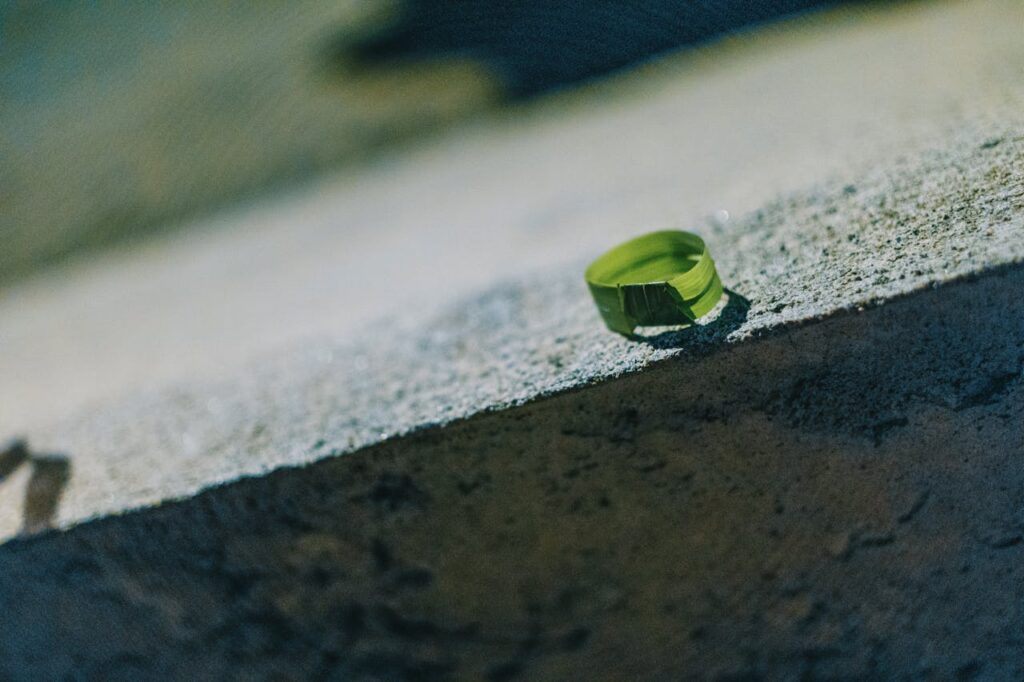Mood rings have fascinated people for decades with their ability to “read” emotions through colour changes. But what do these colours actually mean, and why do they change? If you’ve ever noticed your mood ring turning green, you’re probably curious about what it signifies. In this blog, we’ll explore the meaning behind the green hue on your mood ring and the science that powers this fascinating piece of jewellery.
A Quick Refresher: How Do Mood Rings Work?
Before diving into the meaning of the green colour, it’s helpful to understand how mood rings work. Despite the mystical aura surrounding them, mood rings are based on simple thermotropic science.
Mood rings contain liquid crystals that react to changes in temperature. These crystals twist and turn in response to your body heat, reflecting light differently and displaying a range of colours. Since your body temperature can vary based on your emotional state, colour changes are often associated with your mood.
What Does Green Mean on a Mood Ring?
Green is one of the most commonly displayed colours on mood rings. It generally represents a state of balance and calm. When your ring turns green, it typically indicates that you’re feeling:
- Calm and relaxed
- At peace
- Neither overly stressed nor overly excited
- In a normal, content emotional state
Think of green as the “baseline” for mood ring colours — a middle ground between extremes. You’re not overly anxious (which might turn the ring black or grey), nor are you ecstatic (which could show up as blue or violet). You’re simply in a good place.
Different Shades of Green and What They Might Mean
Not all greens are created equal. Mood rings can show various shades of green, and subtle differences may point to slightly different emotional states:
- Light Green – Often signals a relaxed, open mood with a touch of optimism.
- Emerald Green – Can suggest contentment, harmony, or even gentle excitement.
- Yellow-Green – This may indicate a little tension or curiosity — you’re not stressed, but you may be anticipating something.
Why Is Green So Common on Mood Rings?
Because green represents a neutral or relaxed state, it’s often the most frequent colour people see on their mood rings. This is especially true if you’re wearing the ring at room temperature or during periods of emotional equilibrium. Since the ring is primarily reacting to the heat of your skin and your body is often at a stable temperature, green is the default for many wearers.
Does Green Always Mean the Same Thing?
While mood ring colour charts can give a general idea, it’s important to remember that the colour green — like all mood ring colours — should be interpreted with a bit of flexibility. Your physical temperature, environment, and even the material of the ring band can slightly alter the way the ring reacts. So, while green usually means calmness or balance, it’s not a scientifically precise emotional detector.
The Psychology Behind the Color Green
It’s also worth noting that colour psychology plays a role here. Across cultures, green is often associated with:
- Growth and renewal
- Harmony and stability
- Nature and healing
These associations further support the idea that green on a mood ring signals a positive, balanced emotional state.
In Conclusion
When your mood ring turns green, it’s generally a good sign. It means you’re calm, centred, and emotionally balanced. Whether you’re lounging at home, focused on a task, or enjoying a peaceful moment, green suggests that your emotional state is steady and positive.
Mood rings may not be medical tools, but they remain a fun and beautiful way to get in tune with your emotions — and green is one of the best colours to see.

